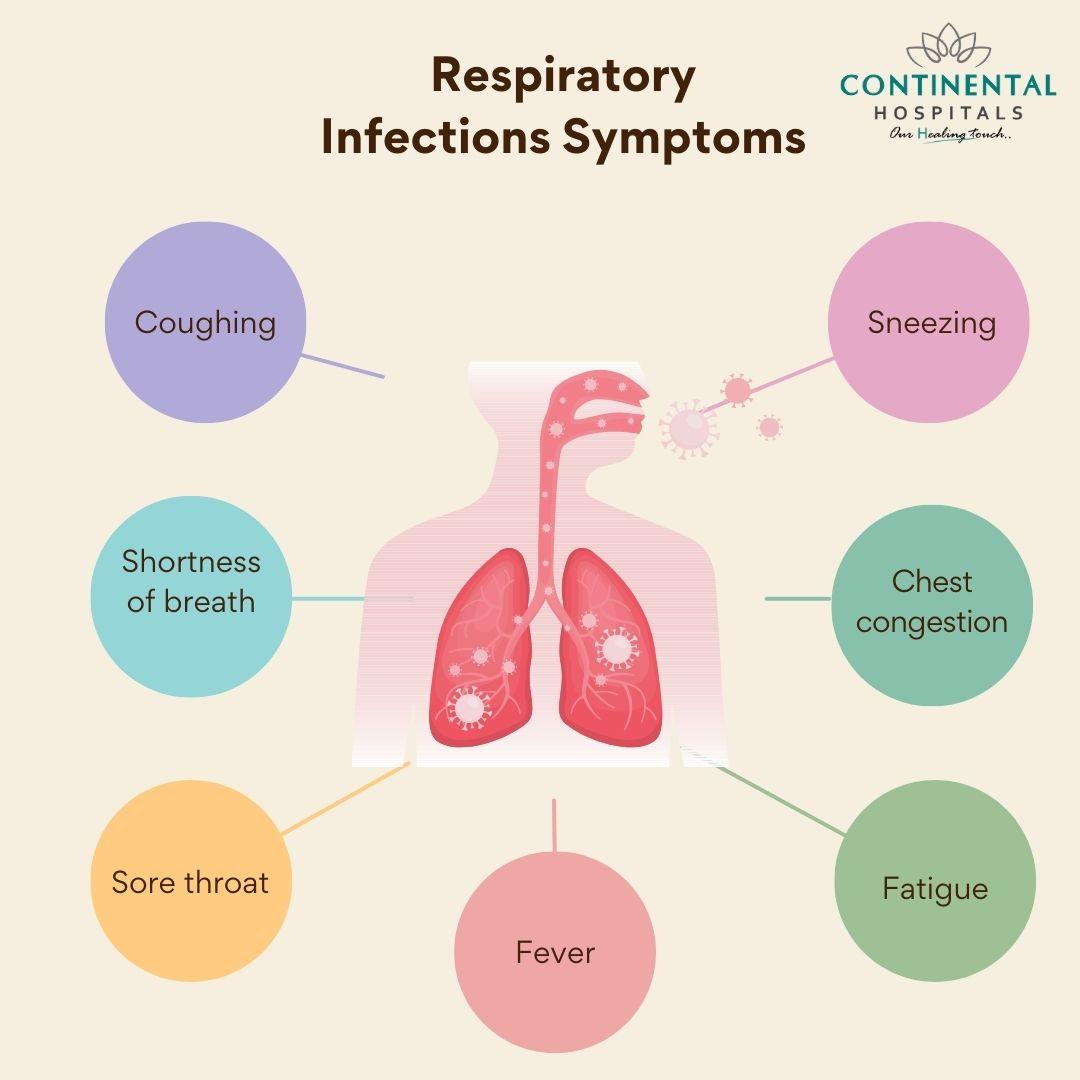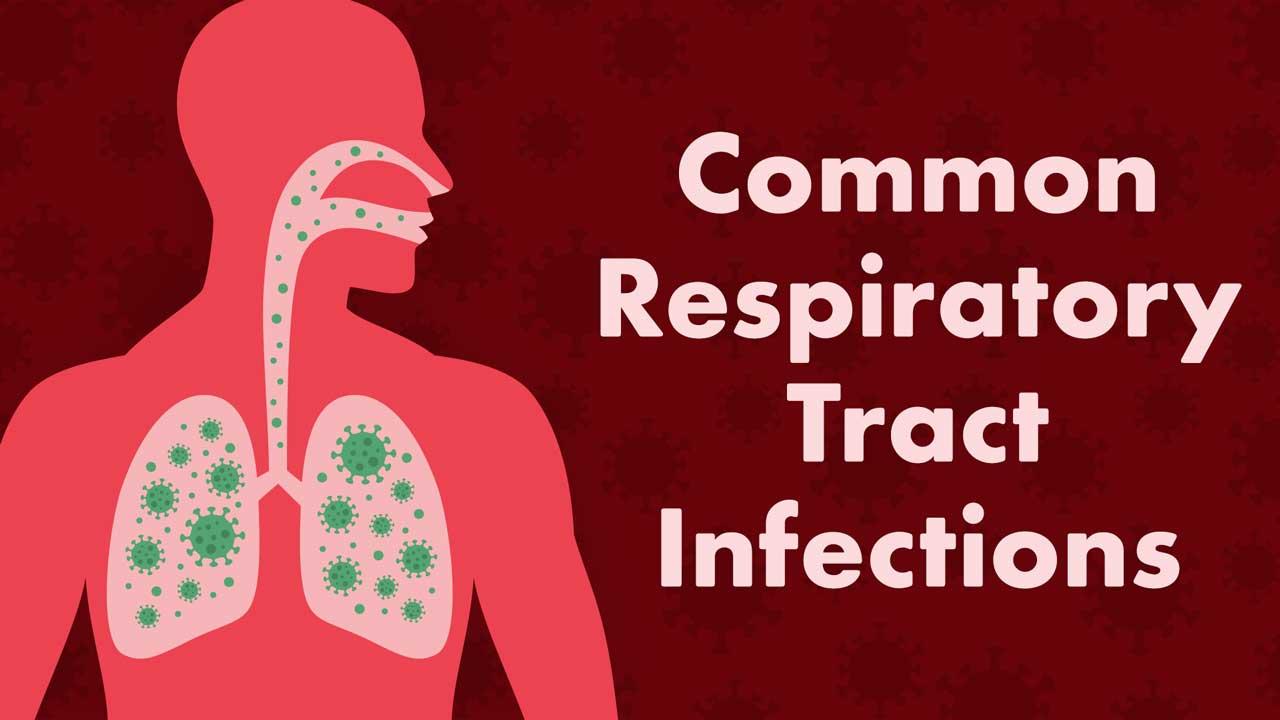
How can I prevent respiratory infections?
“`html
Understanding Respiratory Infections: Causes, Symptoms, Prevention, and Treatment
Respiratory infections are a common health issue affecting millions of individuals around the globe. From the common cold to more severe conditions like pneumonia, understanding respiratory infections is essential for prevention and treatment. In this comprehensive guide, we will delve into the causes, symptoms, prevention strategies, and treatment options for respiratory infections.
What are Respiratory Infections?
Respiratory infections refer to infections that affect the respiratory tract, which includes the nose, throat, and lungs. They can be caused by various pathogens, including viruses, bacteria, and fungi. These infections can range from mild to severe and may lead to serious health complications if left untreated.
Types of Respiratory Infections
Respiratory infections can be categorized into two main types:
- Upper Respiratory Infections (URI): These include conditions like the common cold and sinusitis, mainly affecting the nose and throat.
- Lower Respiratory Infections (LRI): These involve the lungs and include infections such as bronchitis and pneumonia.
Common Causes of Respiratory Infections
Respiratory infections can be triggered by a variety of factors:
- Viruses: The most common cause, with examples including the influenza virus and SARS-CoV-2 (COVID-19).
- Bacteria: Bacterial infections such as streptococcus pneumoniae can lead to pneumonia and other serious conditions.
- Fungi: Fungal infections are less common but can occur, especially in immunocompromised individuals.
Transmission Routes
Respiratory infections are primarily transmitted in the following ways:
- Direct Contact: Touching infected surfaces and then touching the face.
- Airborne Transmission: Inhalation of droplets released into the air when a person coughs or sneezes.
Symptoms of Respiratory Infections
Symptoms can vary based on the type and severity of the infection. Common symptoms include:
- Coughing
- Difficulty breathing
- Chest pain
- Fever and chills
- Sore throat
- Runny or stuffy nose
- Fatigue
Benefits of Understanding Respiratory Infections
Being informed about respiratory infections can lead to improved health outcomes:
- Early Detection: Recognizing symptoms early can lead to timely treatment and prevent complications.
- Prevention: Knowledge of transmission routes helps in adopting effective prevention strategies.
- Informed Treatment: Understanding options empowers patients to seek appropriate care.
Prevention Strategies
Preventing respiratory infections is crucial, and effective strategies include:
1. Vaccination
Getting vaccinated against influenza and pneumonia can significantly reduce the risk of severe respiratory infections.
2. Good Hygiene Practices
- Wash hands frequently with soap and water.
- Avoid touching your face, especially the eyes, nose, and mouth.
- Use hand sanitizer when soap isn’t available.
3. Avoid Close Contact
Limit exposure to individuals displaying symptoms of respiratory infections, especially during peak seasons.
4. Maintain a Healthy Lifestyle
- Eat a balanced diet rich in fruits and vegetables.
- Engage in regular physical activity.
- Ensure adequate sleep and manage stress levels.
Treatment Options for Respiratory Infections
Treatment varies based on the type of infection:
1. Viral Infections
Most viral infections, like the common cold, resolve on their own. Symptomatic treatment may include:
- Rest
- Fluids
- Over-the-counter medications (e.g., decongestants, pain relievers)
2. Bacterial Infections
Bacterial infections often require antibiotics. Always consult a healthcare provider for proper diagnosis and treatment.
3. Fungal Infections
Fungal respiratory infections may necessitate antifungal medications, especially in immunocompromised individuals.
Case Studies: Real-Life Experiences
Understanding respiratory infections through real-life examples can enhance awareness:
| Case Study | Infection Type | Key Takeaway |
|---|---|---|
| John, 32 | Viral (Flu) | Timely flu shot prevented severe illness. |
| Mary, 60 | Bacterial (Pneumonia) | Recognizing symptoms early led to successful treatment. |
| Alice, 45 | Fungal (Aspergillosis) | Improved awareness helped in early diagnosis. |
First-Hand Experience: Coping with Respiratory Infections
Many individuals have personal stories of battling respiratory infections. Here’s a brief account:
After contracting a severe cold, I experienced symptoms like a persistent cough and fatigue. Recognizing the need for rest and hydration, I focused on recovery. I found that using a humidifier at night helped ease my breathing, and over-the-counter medications provided relief from congestion. Understanding the importance of prevention afterward, I committed to getting vaccinated and practicing better hygiene.
Conclusion
Respiratory infections are a significant health concern that can affect anyone. By understanding the causes, symptoms, and prevention strategies, you can better protect yourself and your loved ones. Stay informed and proactive about your health to minimize the risk of respiratory infections. If you or someone you know exhibits symptoms of a respiratory infection, it’s crucial to seek medical advice promptly for appropriate treatment.
“`
